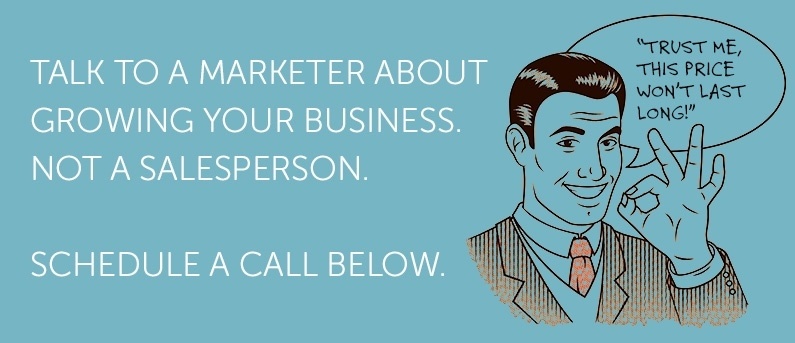Achieving success in business isn’t just about working hard and getting the job done. Unless you’re Wal-Mart, you also have to deal with competitors at every turn offering the same (or similar) products at the same (or better!) prices than you do. To keep your share of the market, you need to outperform your competition in as many areas as possible. That doesn’t happen by accident; get yourself a strategy for analyzing competitors, providing great customer service and being at the top of your game. 
Know Your Customers
We aren’t talking about target market demographics here, although those are important. We’re referring to really knowing your customers, based on actual data you collect.
Get to know things like:
Your clients’ needs and wants: You can’t learn this by looking at sales records, although those are useful tools. You need to “talk” to your customer to get this data, and a customer survey is an excellent way of finding out what your clients want from you.
- Use free online tools such as Survey Monkey to set up a short questionnaire, or get the paid version for longer questions, a bit more detail and better reporting options.
- Use email marketing to get feedback and collate the results into a data program.
- Offer a prize or reward for completing the survey—few respondents will bother unless there’s something in it for them.
Talk with them. Call them—or call on them (the major ones, anyway)—to speak with them. Find out what they think of your service and what changes they’d like to see.
Reasons why clients leave: Companies often make the mistake of spending more time trying to bring new customers into the fold than finding out why existing clients leave. We’re so wrapped up in the whole “sales funnel” argument that customer retention just isn’t a big focus, so we don’t try and analyze why anyone simply disappears, never to be heard from again. You wouldn’t let a valued staff member go without asking why they’re leaving, would you? So why let a paying customer disappear without doing the same?
Set up a system to identify clients who haven’t purchased in a while and contact them to find out why. They might have gone out of business, in which case you shouldn’t consider them in future sales projections, or they’ve gone elsewhere. If it’s the latter, try and ascertain the reasons why you lost them. Then save the data to access later for comparative purposes.
Customer costs: Knowing your customer numbers is important to make sense of the information you collect:
- How much does it cost your company to attract a new client? Calculate your inbound marketing costs and compare them against income for the same period to get this number.
- What does it cost to retain a customer? Factor in your customer relationship management costs including staffing, customer service and PR to get this.
- What’s the average “lifetime value” of your major clients? Calculate this by identifying regular customers and their annual purchase value for years on record, and project it for the next five years adding a small percentage each year for growth.
Compare these costs and you might see a surprising picture. At the very least, you’ll get a sense of whether it’s viable to focus your attention and budget on gaining new customers or retaining old ones.
Create Goals and Benchmarks
Knowing what you want to achieve is important in outperforming your competition to reach your goals. If you’re operating in the small-to-medium-sized-business environment, there’s a chance your competitors might not know exactly where they’re going. If your opposition has a tendency to “muddle along” without any real direction, that’s a winning opportunity for you right there.
Setting goals. Avoid the common problem of being distracted by having too many projects and too little focus by determining your broad goals and sales targets and the major steps you need to take each week or month to reach them. Then break those down into bite-sized chunks and allocate a task per day that you can realistically perform. This will give you the focus you need to get ahead of your competitors while they’re still figuring out where they are going.
Measuring progress. Find ways to benchmark your progress against your competitors using both formal and informal methods. These include talking to industry experts, networking with customers and identifying best practices and performance indicators to compare against your company’s performance.
Reviewing and evaluating. All the data in the world won’t help you to outperform your competitors unless you actually use it. Take the findings from the methods recommended above and evaluate what needs to be done to implement them in your business. This will help make your company smarter and more efficient and enable you to implement changes needed to get ahead.
*Image courtesy of freedigitalphotos.net

